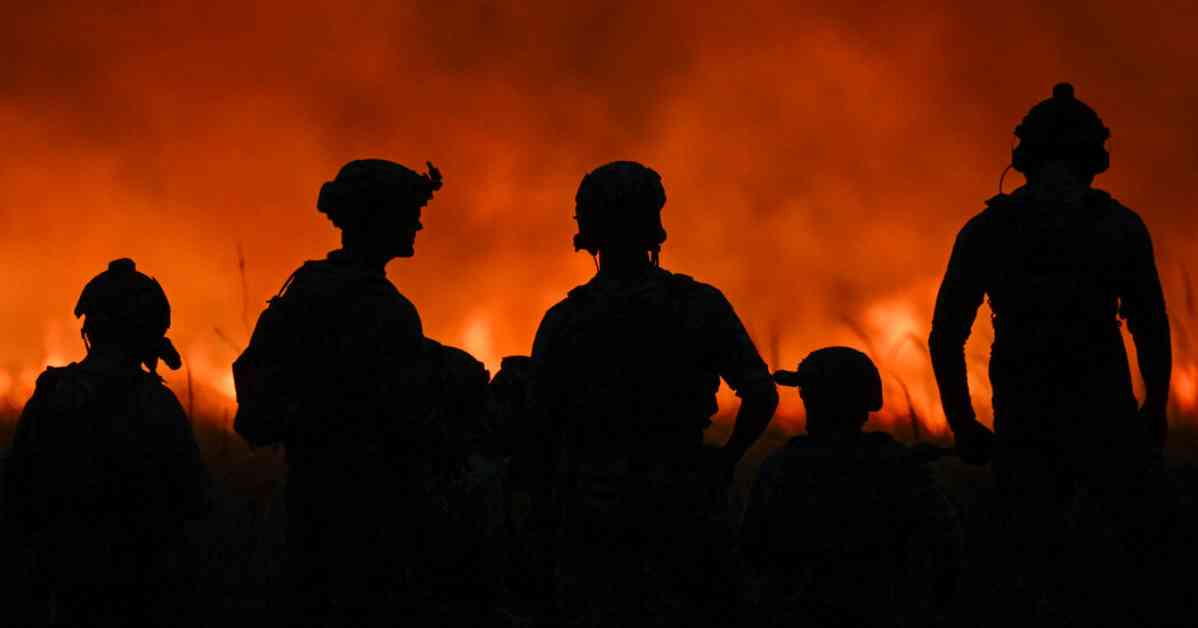Troops who are frequently exposed to blasts from weapons like shoulder-fired rocket launchers have some of the highest suicide rates in the military, according to a recent report by the Defense Department. The report, which was released on Wednesday, provides data on suicide rates for different military occupational specialties from 2011 to 2022.
Explosives ordinance disposal team members, who are responsible for disabling roadside bombs and often work in close proximity to large explosions, have the highest suicide rate at 34.77 deaths per 100,000 individuals per year. Following closely behind are infantry and special operations forces, armor crews, and artillery troops, with rates around 30 deaths per 100,000.
These rates are significantly higher than those for service members in noncombat roles such as data processing or food service, whose suicide rates are much lower. The national rate for civilians is about 14 deaths per 100,000 per year, highlighting the increased risk faced by military personnel exposed to blasts.
While the report does not explicitly mention blast exposure as a contributing factor to the high suicide rates, there is a clear correlation between the two. Many troops experience blast exposure during training exercises, which may have long-term effects on their mental health and well-being.
Further research is needed to fully understand the relationship between blast exposure and suicide rates among military personnel. The Defense Department is currently studying the effects of blasts on the brains of troops who are regularly exposed to them, in an effort to better support the mental health of service members.
It is crucial for the military to prioritize the mental health and well-being of all troops, particularly those in combat roles who face increased risks due to blast exposure. By addressing the unique challenges faced by these individuals and providing them with adequate support and resources, we can work towards reducing the alarmingly high rates of suicide among military personnel.




